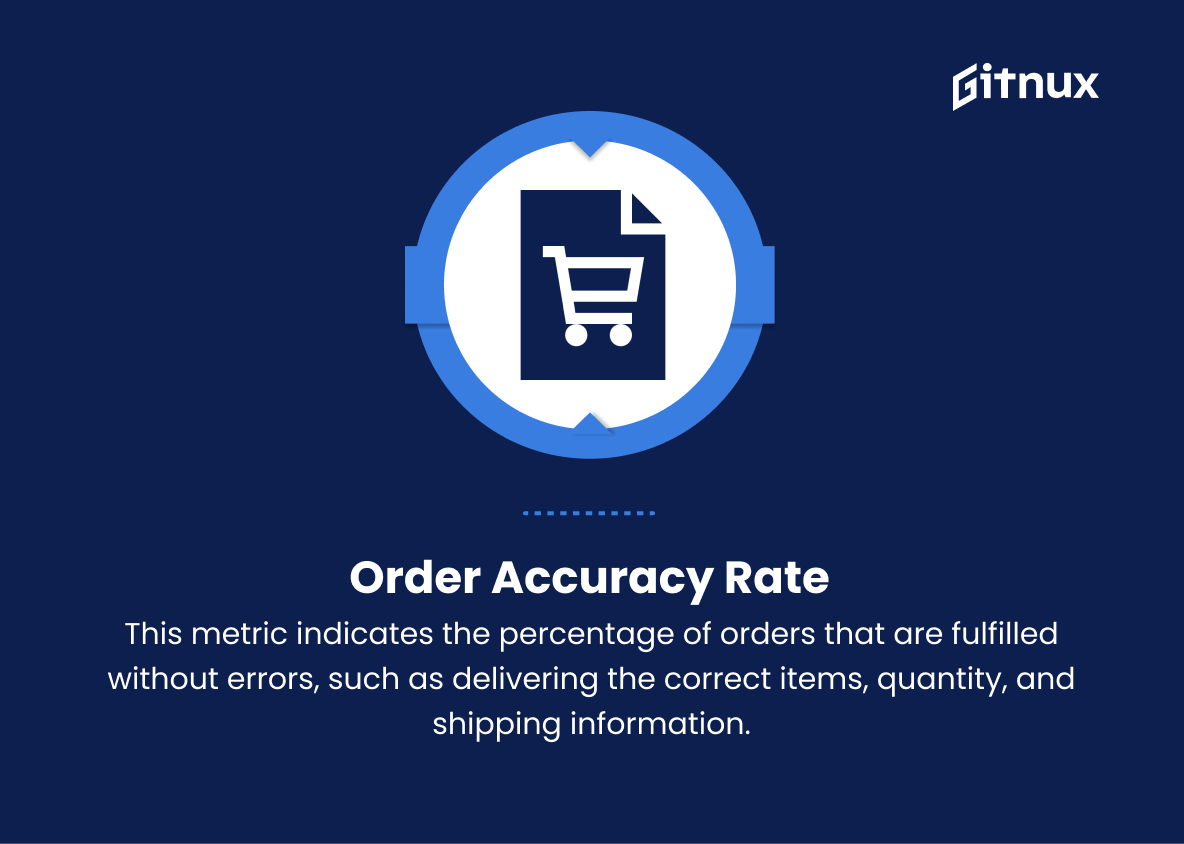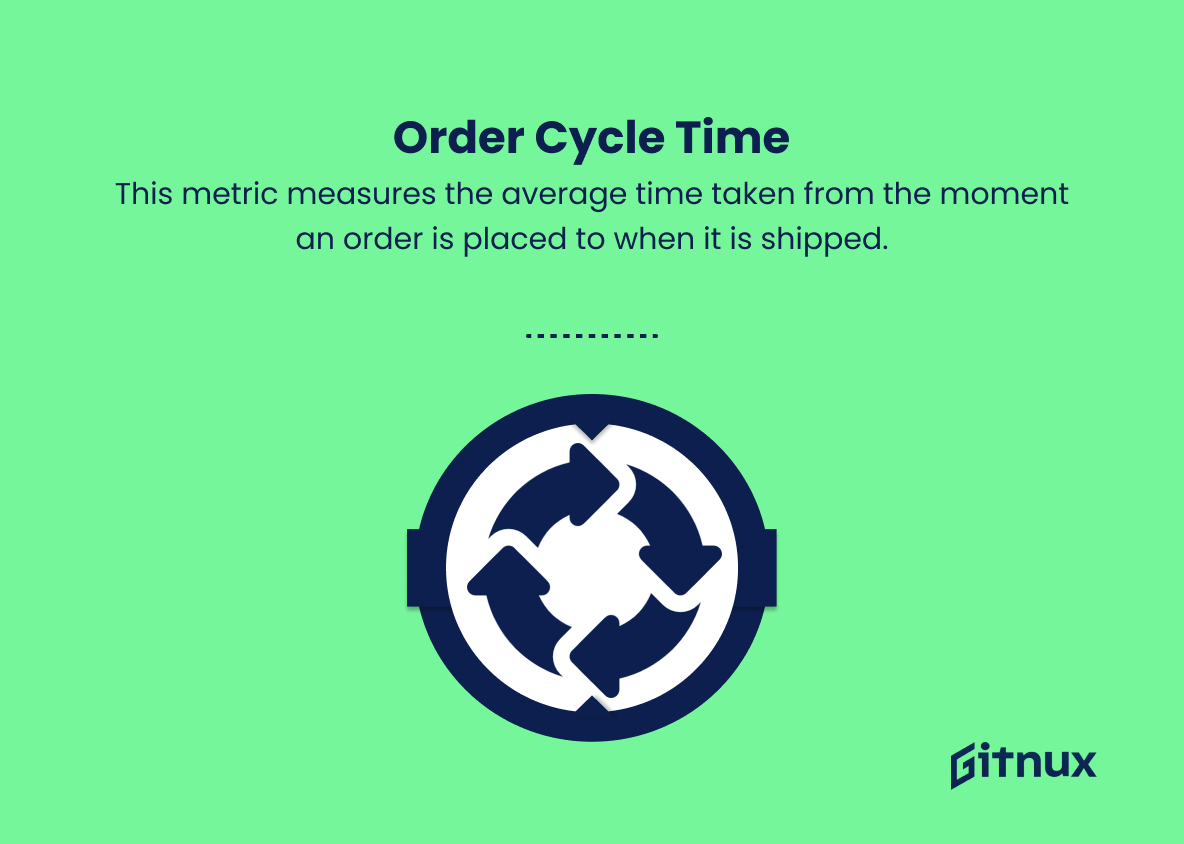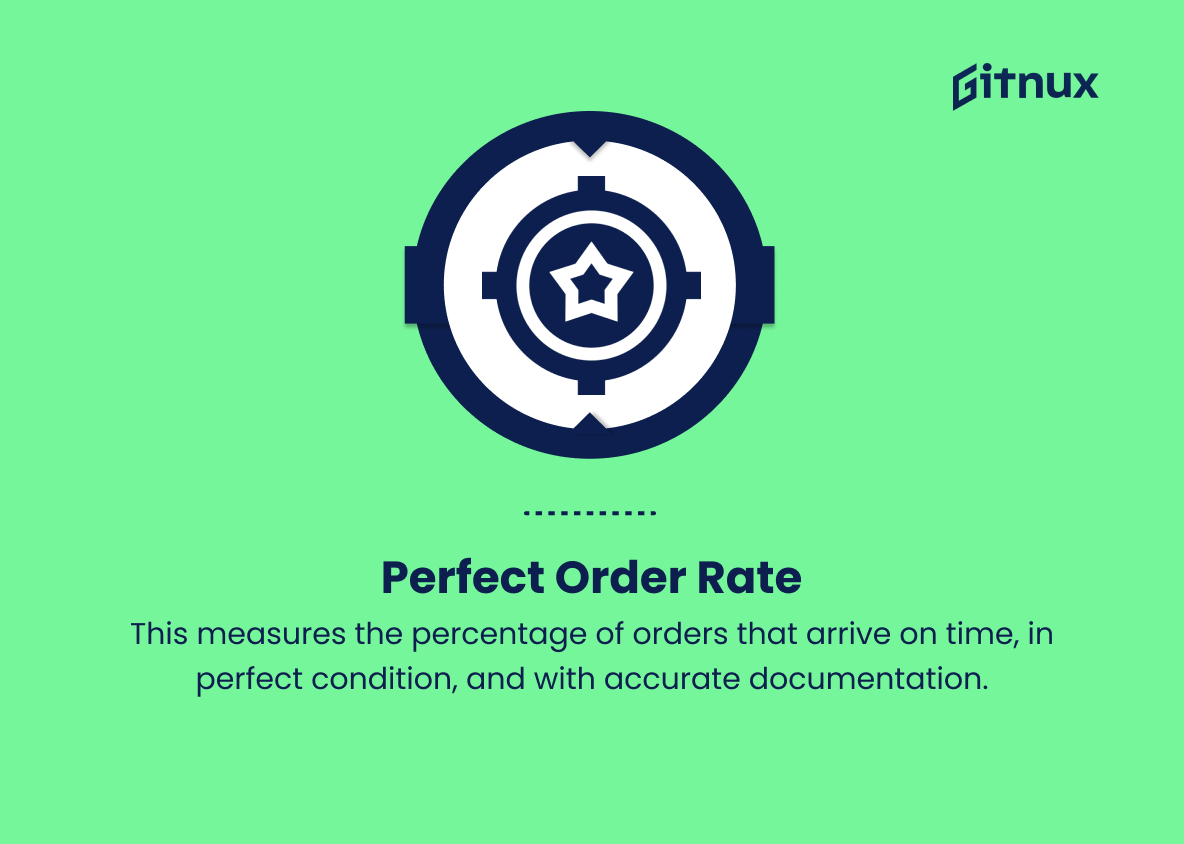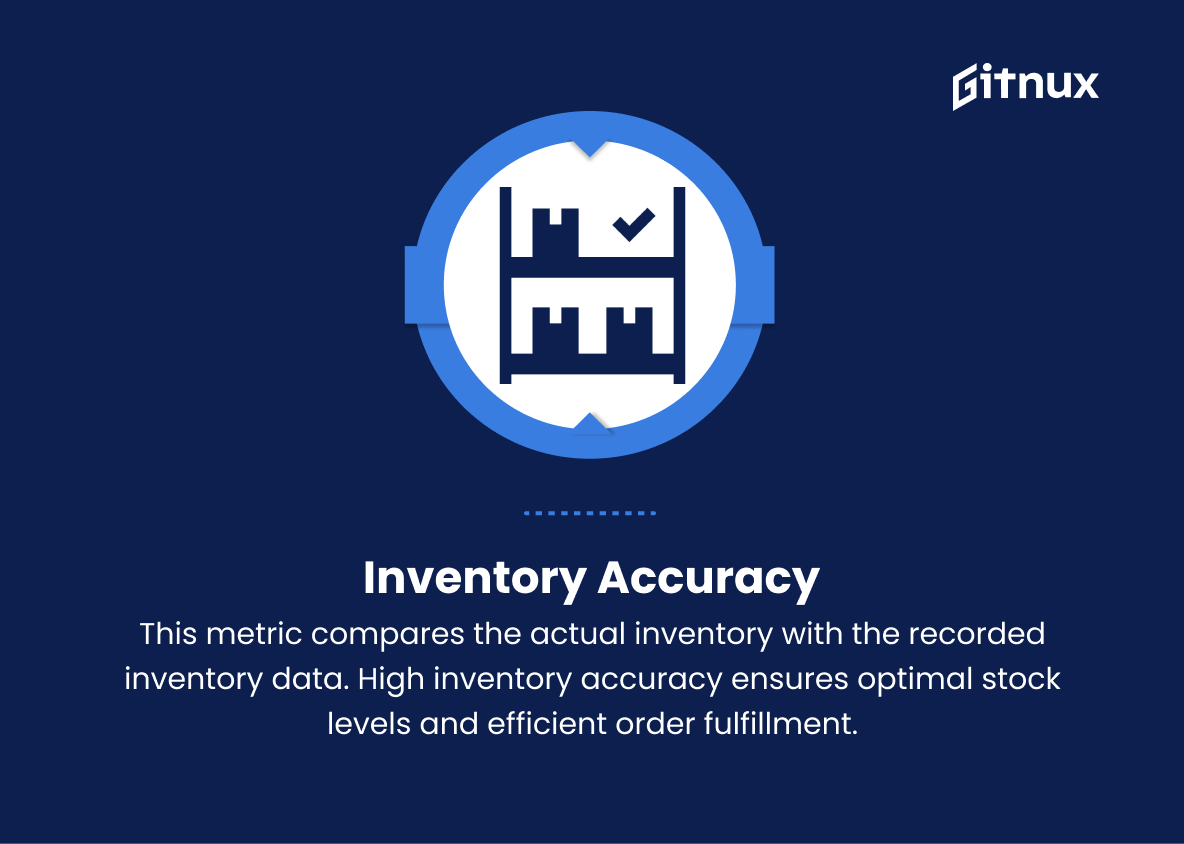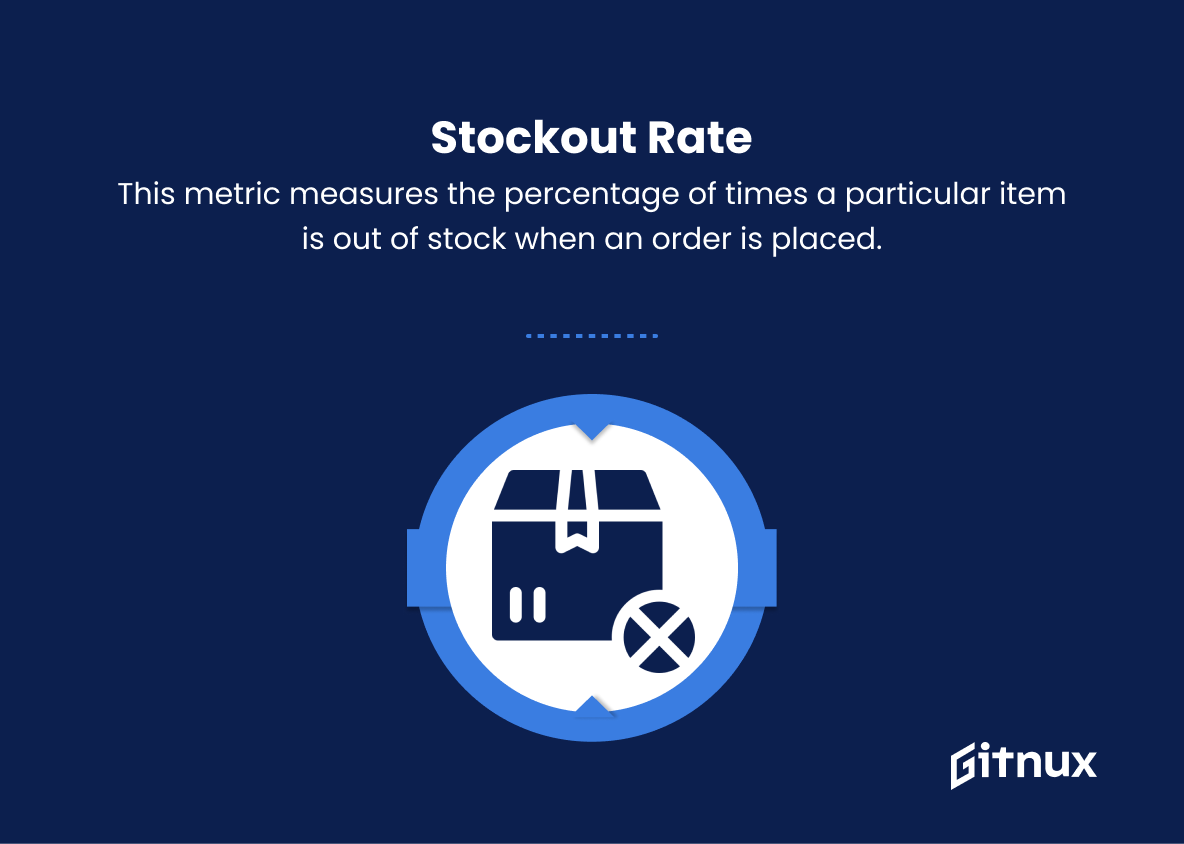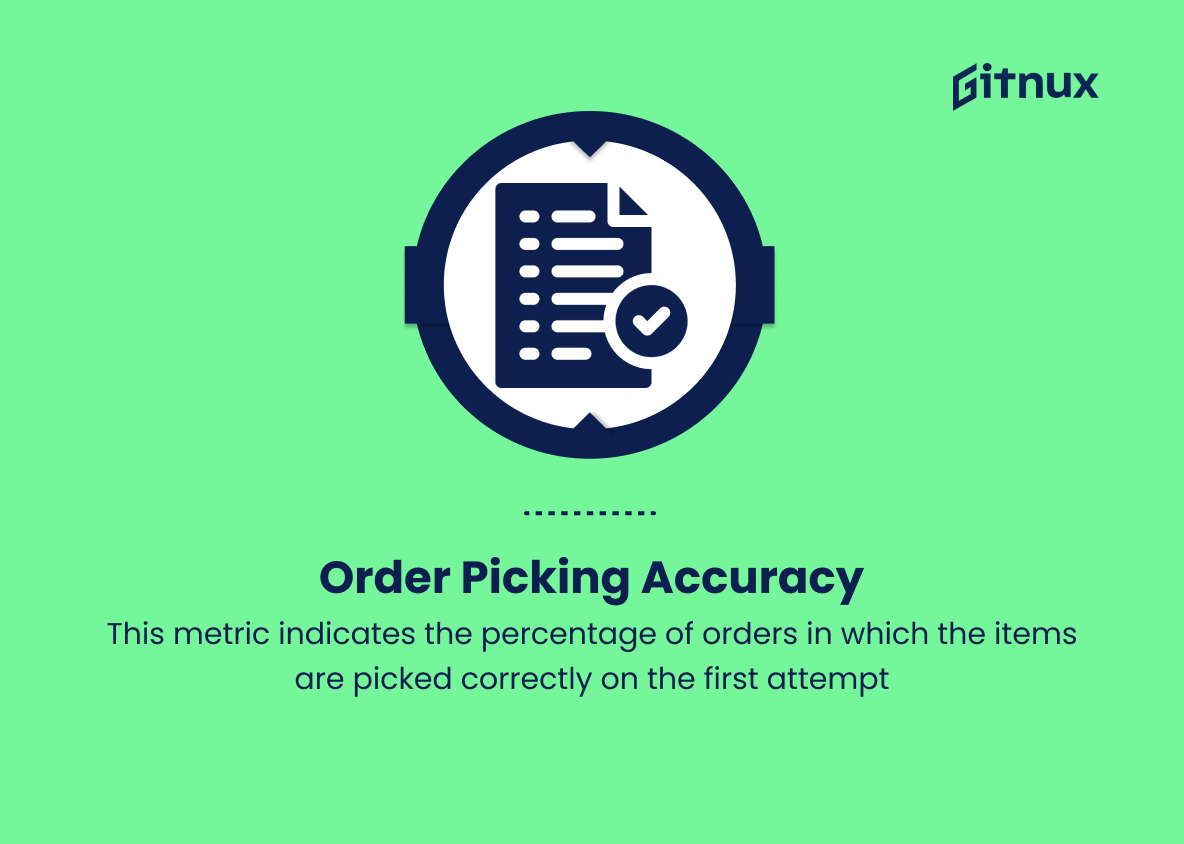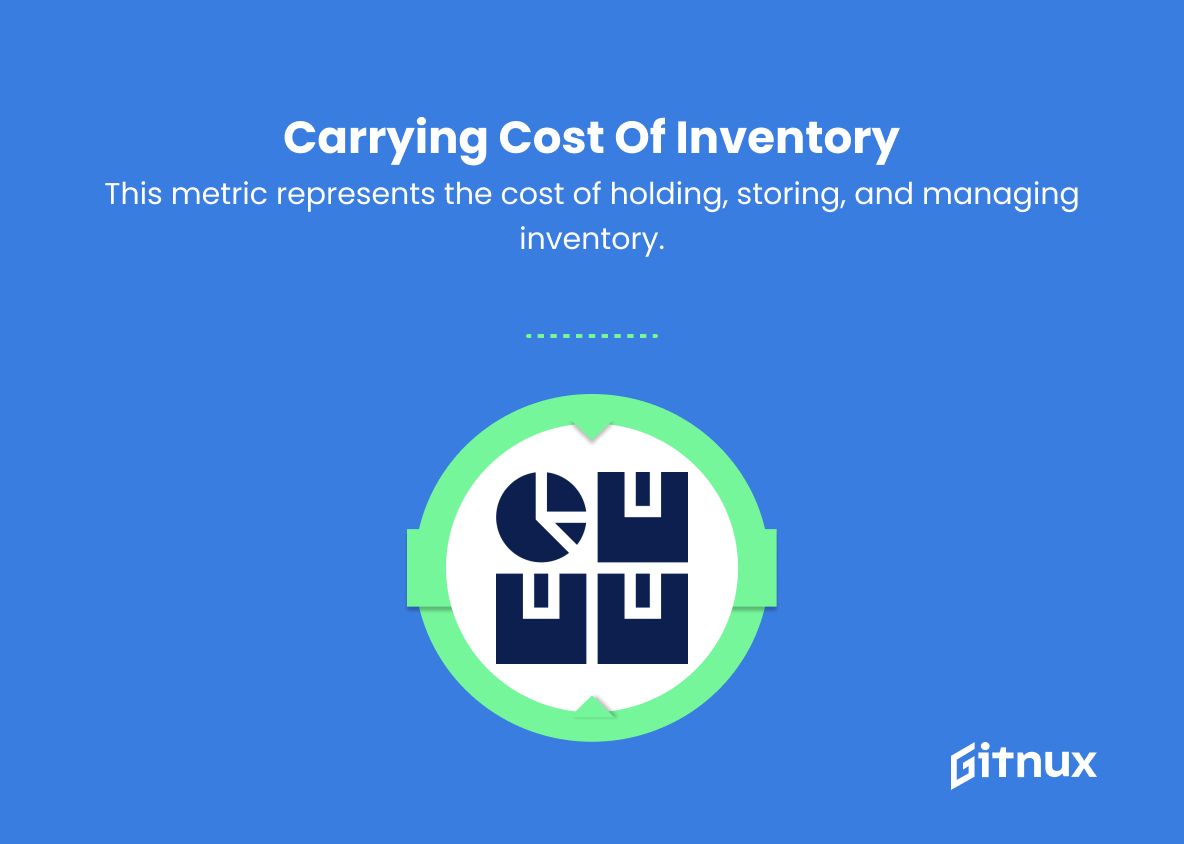In today’s fast-paced business landscape, efficient order fulfillment is the cornerstone of any successful e-commerce operation. In order to optimize this critical process and achieve sustained growth, businesses must effectively measure, analyze, and consistently improve their order fulfillment metrics. In this insightful blog post, we will delve into the most significant order fulfillment metrics that organizations must consider to streamline their operations and enhance customer satisfaction. By gaining a comprehensive understanding of these metrics, and implementing forward-thinking strategies to optimize them, businesses can significantly increase their long-term profitability and competitive edge.
Order Fulfillment Metrics You Should Know
1. Order Accuracy Rate
This metric indicates the percentage of orders that are fulfilled without errors, such as delivering the correct items, quantity, and shipping information. A high order accuracy rate indicates efficient fulfillment processes.
2. Order Cycle Time
This metric measures the average time taken from the moment an order is placed to when it is shipped. A shorter order cycle time means faster fulfillment and improved customer satisfaction.
3. Order Volume
This measures the total number of orders processed during a specific time period. Tracking order volume provides insights into the overall growth and performance of the business.
4. Fulfillment Cost per Order
This metric represents the average cost involved in processing and shipping each order. It includes labor, packaging, shipping, and other direct expenses related to fulfillment.
5. Perfect Order Rate
This measures the percentage of orders that arrive on time, in perfect condition, and with accurate documentation. The higher the perfect order rate, the better the overall supply chain efficiency.
6. Order Line Fill Rate (OLFR)
OLFR measures the percentage of order lines that are successfully fulfilled without any discrepancies. A high OLFR shows that the company is effectively meeting customer expectations.
7. Inventory Accuracy
This metric compares the actual inventory with the recorded inventory data. High inventory accuracy ensures optimal stock levels and efficient order fulfillment.
8. Backorder Rate
This measures the percentage of orders that cannot be fulfilled due to stock unavailability. Lower backorder rates indicate better inventory management and customer satisfaction.
9. Returns Rate
This metric shows the percentage of orders that are returned by customers for various reasons, such as damaged goods, incorrect items, or buyer’s remorse. A low returns rate indicates better fulfillment processes and customer satisfaction.
10. Stockout Rate
This metric measures the percentage of times a particular item is out of stock when an order is placed. A low stockout rate signifies efficient inventory management and replenishment processes.
11. Order Picking Accuracy
This metric indicates the percentage of orders in which the items are picked correctly on the first attempt. It reflects the efficiency of the warehouse team in accurately packing items for shipment.
12. Carrying Cost of Inventory
This metric represents the cost of holding, storing, and managing inventory. Lower carrying costs reflect better inventory management and ultimately positively impact order fulfillment.
Order Fulfillment Metrics Explained
Order Fulfillment Metrics are essential in understanding the efficiency of a company’s supply chain and its ability to meet customer expectations. A high Order Accuracy Rate shows that orders are being fulfilled without errors and contributes to customer satisfaction. Quick Order Cycle Time and growing Order Volume reflect efficient fulfillment processes and strong growth. Keeping Fulfillment Costs low and Perfect Order Rates high is indicative of a well-functioning supply chain.
High Order Line Fill Rates (OLFR) and Inventory Accuracy are essential for meeting customer expectations and optimizing inventory management. Low Backorder Rates, Returns Rates, and Stockout Rates ensure positive customer experiences, as stock is readily available and the chances of a return or delay are minimized. Order Picking Accuracy reflects the warehouse team’s efficiency in picking and packing orders correctly. Moreover, lower Carrying Costs of Inventory suggest better inventory management, ultimately leading to improved order fulfillment and overall business performance.
Conclusion
In conclusion, mastering order fulfillment metrics is an essential aspect of running an efficient e-commerce or retail business. Utilizing the key metrics, such as order lead time, order accuracy rate, order cycle time, and perfect order rate, will not only help you systematically identify areas for improvement but also ensure a better customer experience. By continuously monitoring these indicators, businesses can streamline their operations, minimize errors, and maintain a competitive edge. Ultimately, staying on top of order fulfillment metrics is a game-changer that will drive growth, customer satisfaction, and long-term success for your business.
